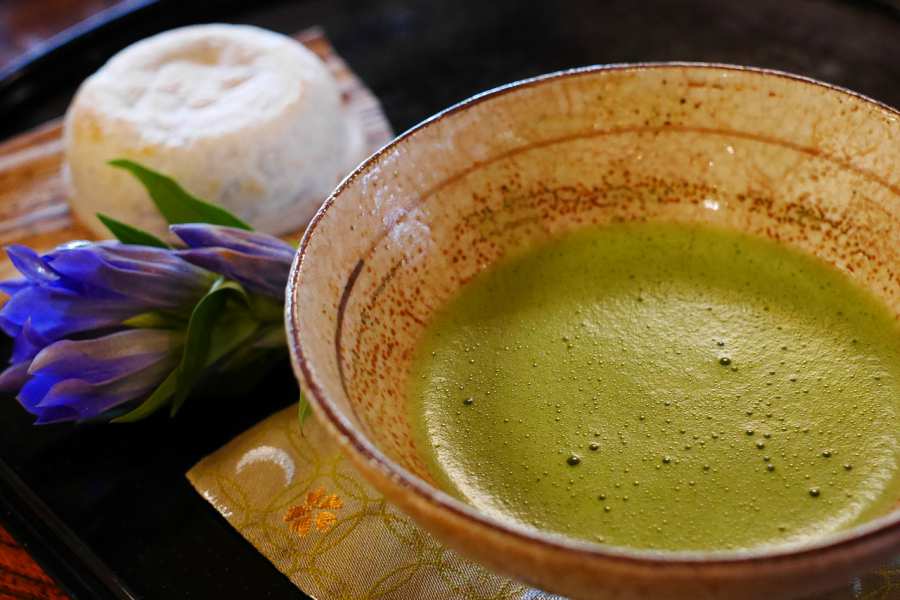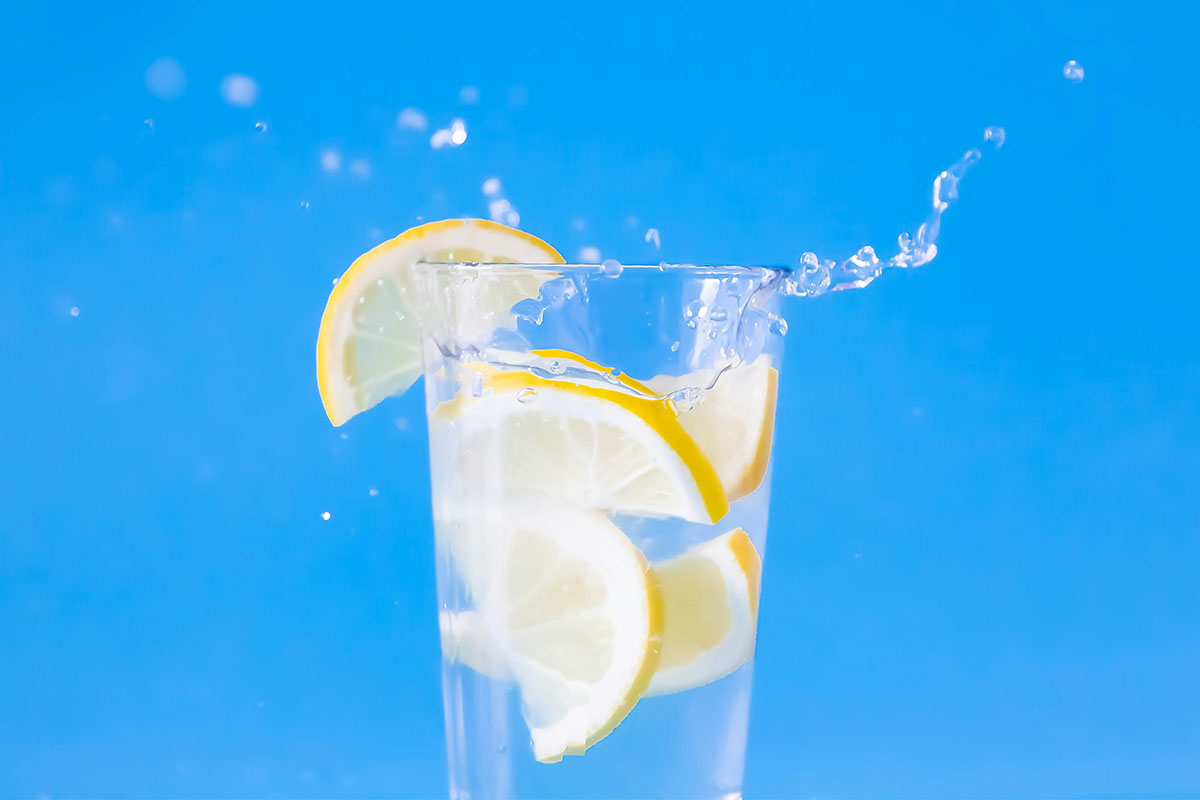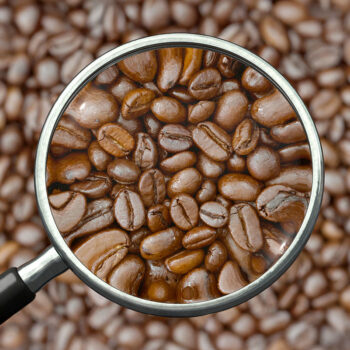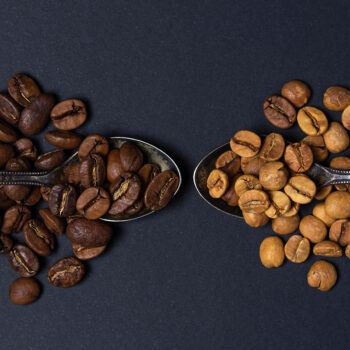Matcha green tea has attracted tea lovers around the world for its earthy taste and suspected health benefits. While many are familiar with the taste of beverages containing matcha, some may wonder: what is in matcha that makes it so popular?
Where Matcha Comes From
Matcha green tea comes from the camellia sinensis, a type of evergreen shrub, sometimes known as a “tea plant.” The tea plants are covered for several weeks, up to a month, to block out sunlight. This process causes the increased production of theanine and caffeine, and helps cultivate the unique taste of matcha. It iss also alleged to increase the health benefits associated with the consumption of the leaves. After harvesting the leaves are dried, de-stemmed, and ground into powder.
How Matcha is Consumed
With matcha tea and other matcha products, the powder is mixed in completely and consumed with the product.
The main difference in the consumption of products containing matcha is that the matcha powder is consumed. To prepare the majority of types of tea, the leaves are steeped in hot water to release their flavor, but only the liquid is consumed, while the leaves themselves are discarded. However, with matcha tea and other matcha products, the powder is mixed in completely and consumed with the product. This not only strengthens the taste of the tea, but can also increase the benefits conferred from the plant. Matcha powder can even be consumed raw. When made as tea, honey is often added to sweeten the drink.
Helpful Elements in Matcha
Matcha green tea contains a variety of natural chemicals that can have beneficial effects. A few of these commonly recognized as helpful are caffeine, l-theanine, and theobromine. Matcha does contain significant caffeine levels, but less than found in coffee. The l-theanine in matcha contributes to the lack of jittery feelings that are sometimes associated with coffee, making matcha a favorable coffee substitute. In addition, l-theanine is an anxiolytic, a type of stimulant that can have anti-anxiety effects. Matcha also contains theobromine, a natural chemical also found in chocolate (sometimes known as the “happy” chemical). Theobromine can provide an energy boost to consumers.
Antioxidants in Matcha
Matcha green tea has many times more antioxidants than other types of tea, making it a great natural source of them.
In addition to the natural elements mentioned above, matcha also contains plenty of antioxidants. Antioxidants have a variety of health benefits. They fight free radicals in the body, help the body regulate foreign objects, and are believed to help reduce the risk of cancer. In addition, antioxidants can reduce inflammation, and help repair cells and arteries. Matcha green tea has many times more antioxidants than other types of tea, making it a great natural source of them. These benefits and others associated with matcha green tea are not instant cures or an adequate supplement without being combined with a healthy lifestyle and appropriate medical care. However, matcha is always available as a great option for adding antioxidants to a healthy diet and for getting a quick energy boost.
If you would like more information about the benefits of matcha green tea, or would like to try a taste for yourself, drop by Mochas & Javas at any of our San Marcos, TX locations, or at our shop in Frisco, TX.







